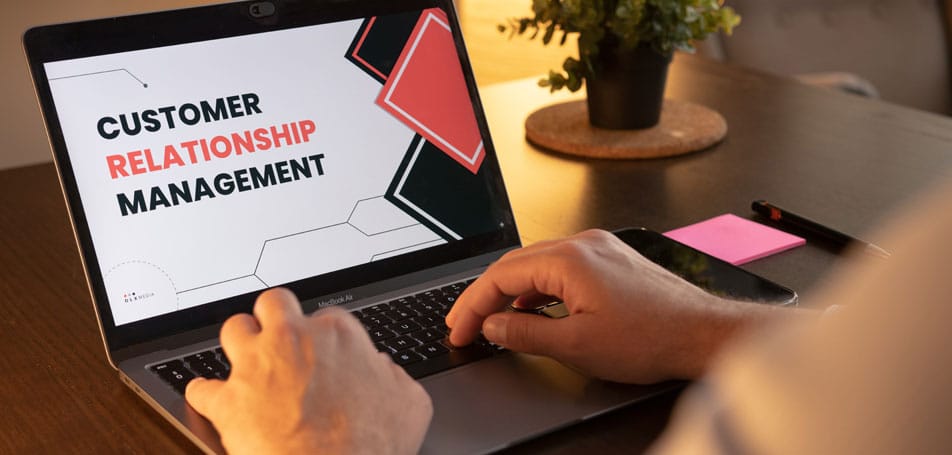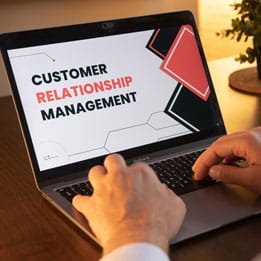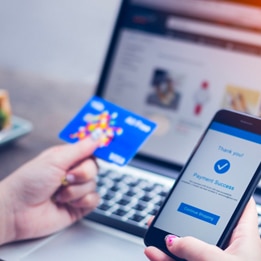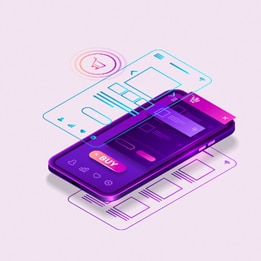
Whether you’re creating a brand new e-commerce website for your B2B business or upgrading your existing site, it is crucial to understand and integrate some vital features that streamline the online purchase process for both you and your clients.
Now, selling to another business or a company is fairly different from selling directly to end consumers. B2B buying and selling involve various layers of intricacies that need to be handled when designing your B2B store.
Thus, to make sure your B2B e-commerce website makes for a seamless customer experience, here are six essential features your store must have:
Client Registration
B2C e-commerce stores often allow customers to make a purchase without creating an account.
But for your B2B business, customer registration must be a mandatory process. This is the only way you can provide customers access to custom prices, discounts, product catalogs, payment options, order tracking, and customer support they need.
User and Role Management
Frequently, your B2B clients will comprise a buying team with their own internal hierarchy instead of individuals. That is, your clients will need to be regarded as a company account with their own team – with different members having different roles.
Thus, you’ll have to offer them the ability to create user roles and assign certain permissions and restrictions to them in order to manage their buying process more efficiently.
For example, a client may want to give someone in their team the capacity to research and compare products but restrict them from making purchase decisions. As a result, after the customer registration process, you must enable a feature that allows for the user and role management within the company profile.
Flexible Payment Options
Providing flexible payment options to customers is always recommended for any eCommerce business, but it is notably important for B2B sites. You likely already allow multiple online methods of payment, but did you consider allowing an offline mode of payment?
An example is completing a purchase with an order number and then allowing 30 days’ credit. If you provide more payment flexibility, your customers would be more faithful and inclined to have a long-term relationship that leads to more repeat sales. Thus, consider permitting purchase orders during the checkout process that present customers with a line of credit.
One-Click Reorder
As you know, many registered customers are return customers who place the exact same order every time. If you think about it, placing the exact same order every time from scratch is a needless waste of time. Why not have a feature to make this process super quick?
An option to reorder from their order history with a single click would be an amazing time-saver for your regulars, and they’d show appreciation by being more loyal to your business.
Personalized Pricing
On retail e-commerce websites, you normally won’t find different pricing for different customers. You and your colleague will both see the same pricing regardless of your customer profile. However, B2B companies are different and typically have multiple pricing structures to accommodate different customers.
That is, your e-commerce business will often have the need to quote different prices to different customers. For instance, you might need to present lower prices to regular customers, a specific price for every combination of SKU and customer, or bulk discounts for particular products or customer segments. And so, your store must have a feature that allows you to offer personalized pricing based on customer accounts.
Real-Time Inventory Updates
Lastly, if your client places an order to learn later that the products are actually out of stock, then they’ll lose confidence in your business and you, in turn, will lose that customer for good
Thus, you must have a feature to present accurate information about the availability of items in your store with real-time inventory updates. It will build trust with your B2B clients and inspires a lasting fruitful business relationship.
















